Intro
This is Time's Corner, an occasional newsletter by Christian Leithart. I’m co-founder of Little Word and editor of Good Work magazine. By day, I teach, and by night, I edit this newsletter.
Below you’ll find a short essay, an update on my life, some interesting links, and a round-up of what I’ve been reading, watching, and listening to.
I’m delighted to announce the return of the Thursday Question! If you’d care to respond, you can reply directly to this email or comment on Substack. If you prefer I leave out your name, just let me know.
Happy New Year!
According to the church’s liturgical calendar, the New Year started yesterday with the beginning of Advent.1 That means that, if we oriented our lives to the church calendar, we would make our New Year’s resolutions four weeks before Christmas.
This strikes me as a pretty good system, actually. Think about it. “Drink less coffee,” we might say. “Exercise more.” How much easier would it be to stick to these resolutions during a four-week period of fasting? And Advent, of course, is followed by Christmas, a twelve-day feast. (“Drink more coffee!” “Exercise less!”) Then there are six weeks of ordinary time, followed by another fast (Lent), followed by another feast (Easter).
Most people make New Year’s resolutions without any clear end goal or way to measure success, which is why so many people fail to keep them. There’s a lot of difference between “Read more this year” and “Read 20 books.” Reaching a goal is even easier when you give yourself a limited time frame that you can actually wrap your head around—four weeks rather than twelve months. (“Read two books before Christmas” or “Run a 10k before Epiphany.”) Of course, you could do these things without following the church calendar, but the church calendar provides an additional element that’s key to keeping any resolution: Feasting.
Very few New Year’s resolutions involve feasting. We speak of “cheating” on our diets, skipping leg day, binging TV shows. Discipline is unpleasant, so we cut ourselves a little slack to make it more bearable. What if that slack was scheduled and mandatory?
Dispatch from Broken Bow
…in photos.


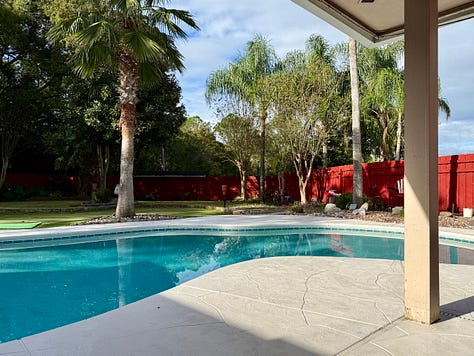
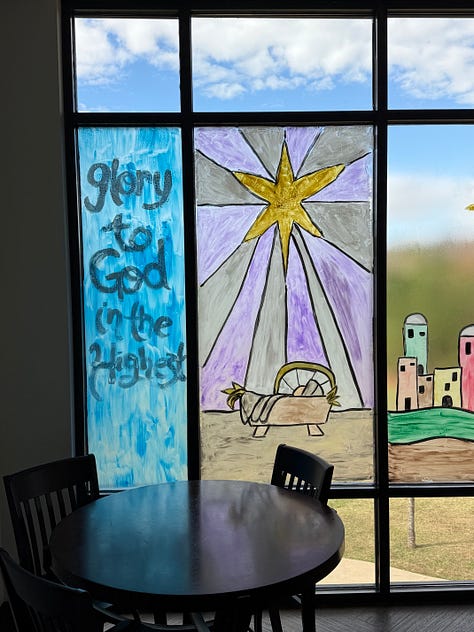
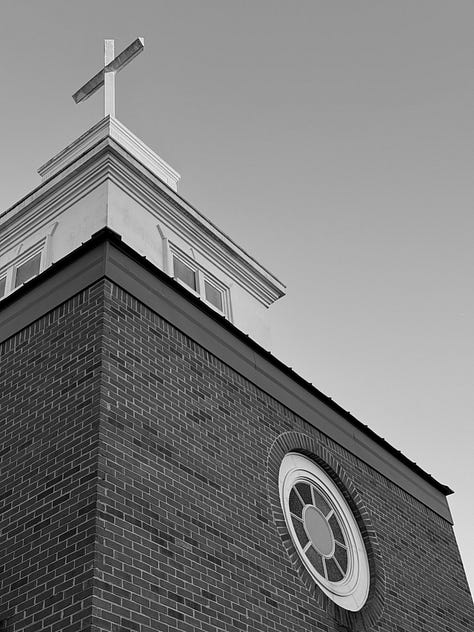

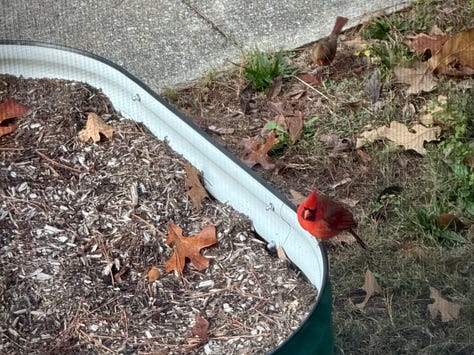

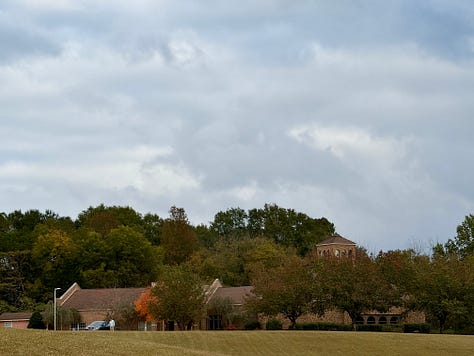
Links
Since I’ve been reading The Phantom Tollbooth to my daughter, I enjoyed this entirely-too-obsessive argument that Milo’s adventure begins on Tuesday, April 11th, 1967, six years after the book was published.
I was delighted to learn of Onfim, thirteen-century doodler
Why does every band sing the phrase “caught in the middle” in the exact same way? (HT Alan Jacobs)
As always, Kerilynn Wilson’s newsletter is a beaut.
Up To
Reading: The Architecture of Happiness by Allain de Botton. Sample passage below:
In essence, what works of design and architecture talk to us about is the kind of life that would most appropriately unfold within and around them.
They tell us of certain moods that they seek to encourage and sustain in their inhabitants. While keeping us warm and helping us in mechanical ways, they simultaneously hold out an invitation for us to be specific sorts of people. They speak of visions of happiness.
To describe a building as beautiful therefore suggests more than a mere aesthetic fondness; it implies an attraction to the particular way of life this structure is promoting through its roof, door handles, window frames, staircase and furnishings. A feeling of beauty is a sign that we have come upon a material articulation of certain of our ideas of a good life.
Watching: For my birthday, T got me a subscription to the Criterion streaming service. So far, we’ve dipped into “Noir-vember” with Fritz Lang’s The Big Heat.
Listening: Warren Zevon, recommended by Foster Huntington
Thursday Question
Thursday’s issue will be devoted to your replies to this question:
If you were to make a New Year’s resolution this Advent, what would it be?
About
I’m Christian Leithart, a writer and teacher living in Birmingham, Alabama. You can read my blog here. Use the button below to share this issue of Time’s Corner, if you so desire. Thanks much for reading.
I’m using the liturgical calendar of the Western church. Eastern Orthodox friends, adjust the essay as necessary.



